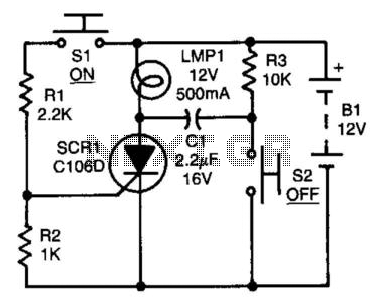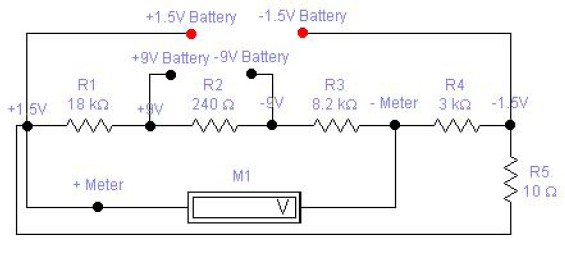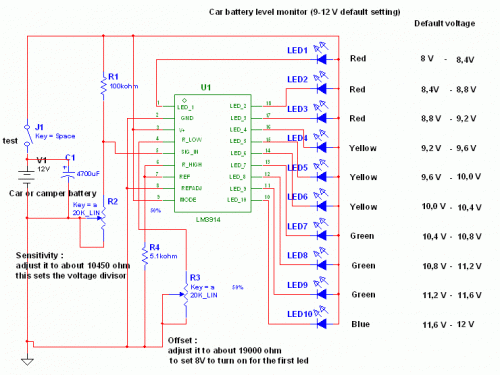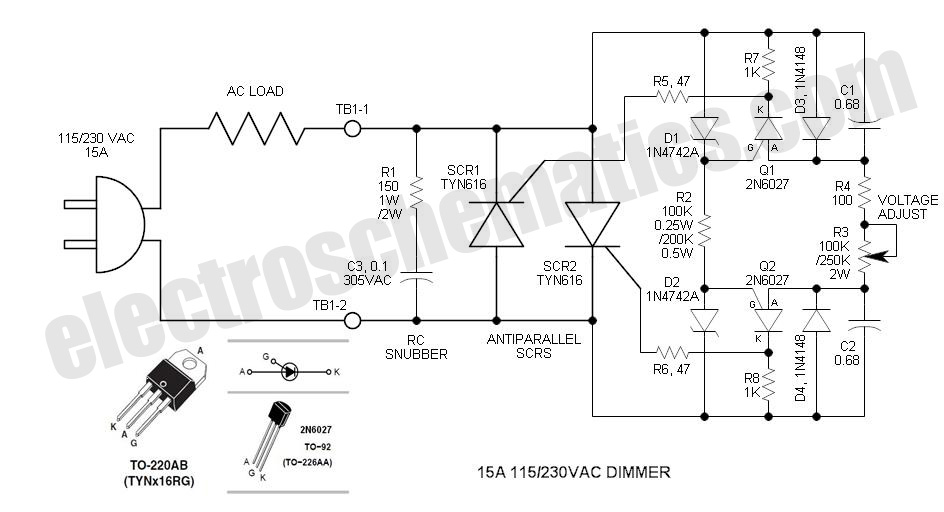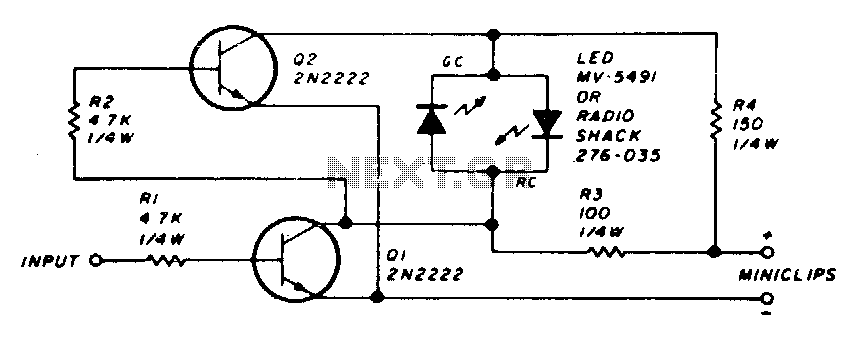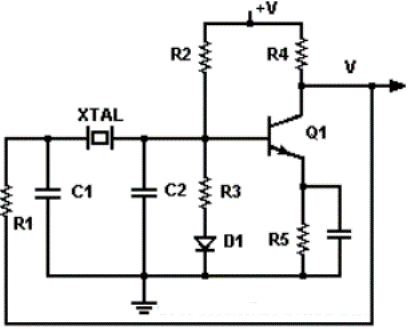
scr tester
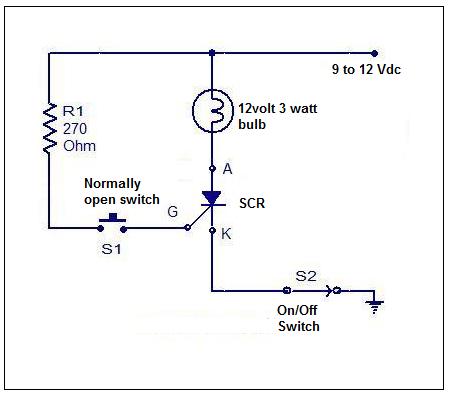
Although SCRs and TRIACs are not present in all electronic equipment, they are significant components. Understanding how to test them is essential for troubleshooting. Testing these components can be done with meters, but using an SCR/TRIAC tester is generally easier than using a multimeter. Before detailing the construction of this tester, it is important to understand the basic operation of SCRs and TRIACs. SCR stands for silicon-controlled rectifier, which is a four-layer solid-state device featuring an input control terminal (gate-G), an output terminal (anode-A), and a terminal common to both input and output (cathode-C or Kathode-A). It typically functions as an AC switch for lighting and heating control. In its normal "off" state, the SCR limits current to the leakage current. When the gate-to-cathode voltage exceeds a certain threshold, the device turns "on" and conducts current. It remains in the "on" state even after the gate current is removed as long as the current through the device stays above the holding current. When the current drops below the holding current for a specific duration, the device switches "off." SCRs are often found in switch mode power supplies (SMPS), although not all SMPS utilize SCRs. The TRIAC is a three-terminal device similar to the SCR in both construction and operation. The TRIAC controls and conducts current flow during both alternations of an AC cycle rather than just one. Both SCRs and TRIACs have a gate lead; however, in the TRIAC, the lead on the same side as the gate is referred to as "main terminal 1-MT1, T1, or A1," while the lead opposite the gate is "main terminal 2-MT2, T2, or A2." It can be triggered by either a positive or negative voltage applied to its gate electrode (relative to T1, or MT1/A1). Once triggered, the TRIAC continues to conduct until the current drops below a specific threshold, known as the holding current, typically at the end of a half-cycle of AC mains power. TRIACs are commonly used for motor speed control and in light dimmers. In laser printers, TRIACs can be found in the power supply area to control the heating element. The pinout of a TRIAC includes T1 (MT1 or A1), T2 (MT2 or A2), and Gate (G). Testing can be performed by connecting the test probes: the `K` probe to `T1`, the `A` probe to `T2`, and the `G` probe to `GATE`. When the switch is turned on and the Gate button on the tester is pressed, the lamp should light up. A continuous light indicates that the component is functioning correctly, while intermittent flashes or no light suggest potential issues. For best results, it is advisable to compare with a known working component. If testing with 9 volts does not yield satisfactory results, a 12 VDC supply can be used for retesting. The arrangement of the circuit board or components is flexible and can be adjusted according to personal preference.
To construct an SCR/TRIAC tester, the following components are necessary: a power supply (9V or 12V DC), a light bulb (as an indicator), a toggle switch, and an SCR or TRIAC to be tested. The circuit should be designed to allow the user to connect the SCR or TRIAC under test to the circuit. The input connections should include the gate, anode, and cathode for SCRs, or the gate and two main terminals for TRIACs. The light bulb serves as a visual indicator of whether the SCR or TRIAC is conducting. When the tester is powered on and the gate is triggered, the light bulb should illuminate if the component is functioning correctly.
The circuit can be assembled on a breadboard or a printed circuit board (PCB) for durability and ease of use. Proper labeling of the connections and the use of color-coded wires will enhance usability. It is crucial to ensure that all connections are secure to prevent false readings. Additionally, incorporating a fuse in the circuit can provide protection against overcurrent conditions.
Overall, constructing an SCR/TRIAC tester is a valuable project for electronics enthusiasts and professionals alike, allowing for efficient testing and troubleshooting of these essential components in various electronic applications.Although you don`t find SCR and Triac in all electronic equipment, this does not mean that both are not important components. You need to learn how to test it so that when you come across one in the future you will know if it is good or bad during troubleshooting.
You can test these components using meters but with the SCR/Triac tester you will fi nd that it is easier to test as compare to using Multimeter. Before I start describing how to build this tester, I guess that it is important to know some of the basic operation of SCR and Triac. SCR stands for silicon-controlled rectifier (or semiconductor-controlled rectifier). It is a four-layer solid state device having an input control terminal (gate-G), an output terminal (anode-A) and a terminal common to both input and output (cathode-C or Kathode-A).
It generally operates as an AC switch for lighting and heating control. In the normal "off" state, the SCR restricts current to the leakage current. When the gate-to-cathode voltage exceeds a certain threshold, the device will turns "on" and conducts current. The device will remain in the "on" state even after gate current is removed so long as current through the device remains above the holding current.
Once the current falls below the holding current for an appropriate period of time, the device will switch "off". The SCR can be found in switch mode power supplies (SMPS). For your information not all SMPS use SCR. The TRIAC is a three-terminal device similar in construction and operation to the SCR. The TRIAC controls and conducts current flow during both alternations of an ac cycle, instead of only one.
Both the SCR and the TRIAC have a gate lead. However, in the TRIAC the lead on the same side as the gate is "main terminal 1-MT1, T1 or even A1, " and the lead opposite the gate is "main terminal 2-MT2, T2 or even A2. " It can be triggered by either a positive or a negative voltage being applied to its gate electrode (with respect to T1, otherwise known as MT1 or A1).
Once triggered, the device continues to conduct until the current through it drops below a certain threshold value, the holding current, such as at the end of a half-cycle of alternating current (AC) mains power. A TRIAC is generally used for motor speed control and in light dimmer. If you repair Laser printer you will find a Triac in the power supply area to control the heating element.
The pinout of a Triac is usually T1 (MT1 or A1), T2 (MT2 or A2) and Gate (G). Just connect the test probes as follows: The `K` probe to `T1`, the `A` probe to `T2` and the `G` probe to `GATE`. Turn on the switch and then press the Gate button on the tester and you should expect the lamp to light.
Conclusion- By having this tester you will not have doubt if the SCR or the Triac will breakdown when under load as compare to using multimeter to test it. By looking at the light bulb you can judge if the component is working or not. If there is a constant light you can be sure it is working. If the light have intermittent flashes and do not light at all then you can suspect that the component under test may have problem.
I suggest that you compare with a known good working component for best result. If using 9 volt does not provide a good result to you then try use 12 vdc to retest and see the result. By the way, you have the choice on how you place the circuit board or components, this entirely depends on your preference and not necessary have to follow the above design.
Take care and may God always bless you and your family. 🔗 External reference
To construct an SCR/TRIAC tester, the following components are necessary: a power supply (9V or 12V DC), a light bulb (as an indicator), a toggle switch, and an SCR or TRIAC to be tested. The circuit should be designed to allow the user to connect the SCR or TRIAC under test to the circuit. The input connections should include the gate, anode, and cathode for SCRs, or the gate and two main terminals for TRIACs. The light bulb serves as a visual indicator of whether the SCR or TRIAC is conducting. When the tester is powered on and the gate is triggered, the light bulb should illuminate if the component is functioning correctly.
The circuit can be assembled on a breadboard or a printed circuit board (PCB) for durability and ease of use. Proper labeling of the connections and the use of color-coded wires will enhance usability. It is crucial to ensure that all connections are secure to prevent false readings. Additionally, incorporating a fuse in the circuit can provide protection against overcurrent conditions.
Overall, constructing an SCR/TRIAC tester is a valuable project for electronics enthusiasts and professionals alike, allowing for efficient testing and troubleshooting of these essential components in various electronic applications.Although you don`t find SCR and Triac in all electronic equipment, this does not mean that both are not important components. You need to learn how to test it so that when you come across one in the future you will know if it is good or bad during troubleshooting.
You can test these components using meters but with the SCR/Triac tester you will fi nd that it is easier to test as compare to using Multimeter. Before I start describing how to build this tester, I guess that it is important to know some of the basic operation of SCR and Triac. SCR stands for silicon-controlled rectifier (or semiconductor-controlled rectifier). It is a four-layer solid state device having an input control terminal (gate-G), an output terminal (anode-A) and a terminal common to both input and output (cathode-C or Kathode-A).
It generally operates as an AC switch for lighting and heating control. In the normal "off" state, the SCR restricts current to the leakage current. When the gate-to-cathode voltage exceeds a certain threshold, the device will turns "on" and conducts current. The device will remain in the "on" state even after gate current is removed so long as current through the device remains above the holding current.
Once the current falls below the holding current for an appropriate period of time, the device will switch "off". The SCR can be found in switch mode power supplies (SMPS). For your information not all SMPS use SCR. The TRIAC is a three-terminal device similar in construction and operation to the SCR. The TRIAC controls and conducts current flow during both alternations of an ac cycle, instead of only one.
Both the SCR and the TRIAC have a gate lead. However, in the TRIAC the lead on the same side as the gate is "main terminal 1-MT1, T1 or even A1, " and the lead opposite the gate is "main terminal 2-MT2, T2 or even A2. " It can be triggered by either a positive or a negative voltage being applied to its gate electrode (with respect to T1, otherwise known as MT1 or A1).
Once triggered, the device continues to conduct until the current through it drops below a certain threshold value, the holding current, such as at the end of a half-cycle of alternating current (AC) mains power. A TRIAC is generally used for motor speed control and in light dimmer. If you repair Laser printer you will find a Triac in the power supply area to control the heating element.
The pinout of a Triac is usually T1 (MT1 or A1), T2 (MT2 or A2) and Gate (G). Just connect the test probes as follows: The `K` probe to `T1`, the `A` probe to `T2` and the `G` probe to `GATE`. Turn on the switch and then press the Gate button on the tester and you should expect the lamp to light.
Conclusion- By having this tester you will not have doubt if the SCR or the Triac will breakdown when under load as compare to using multimeter to test it. By looking at the light bulb you can judge if the component is working or not. If there is a constant light you can be sure it is working. If the light have intermittent flashes and do not light at all then you can suspect that the component under test may have problem.
I suggest that you compare with a known good working component for best result. If using 9 volt does not provide a good result to you then try use 12 vdc to retest and see the result. By the way, you have the choice on how you place the circuit board or components, this entirely depends on your preference and not necessary have to follow the above design.
Take care and may God always bless you and your family. 🔗 External reference
